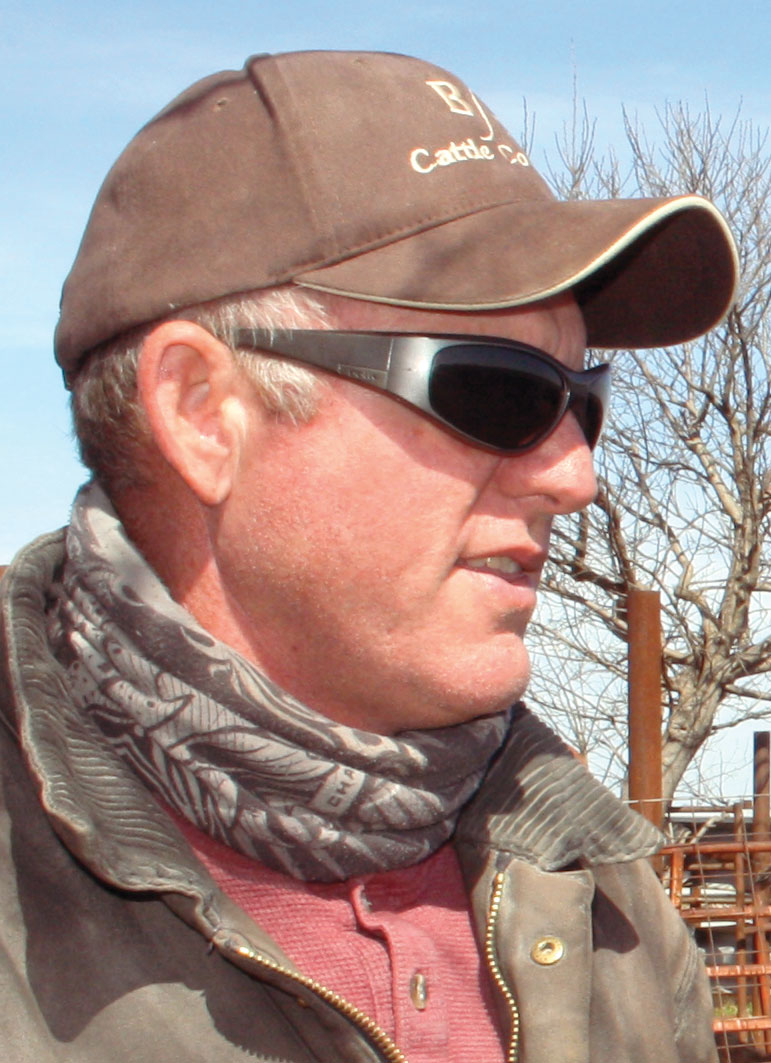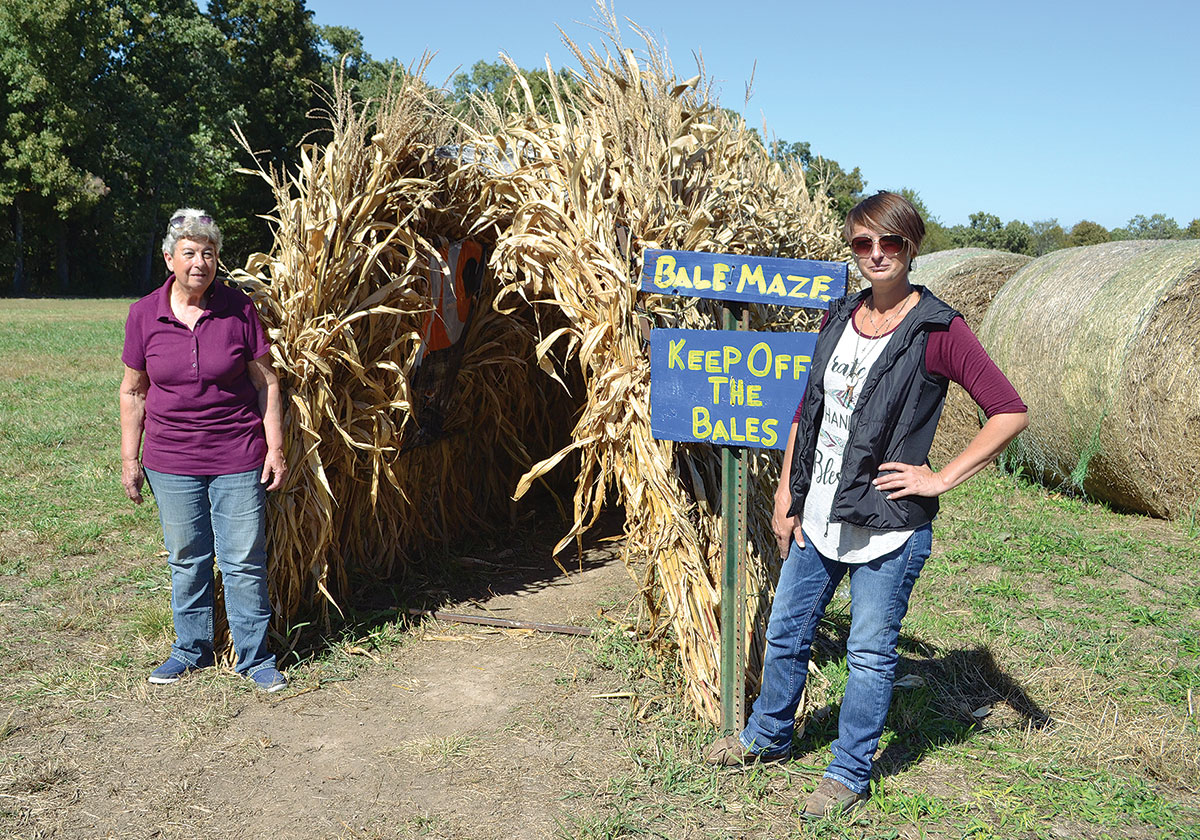 “It all started when a tree fell on a fence row on my Dad’s farm where my heifers were pastured,” said Clay Doeden, a Cedar County, Mo. native who runs 130 head of beef cattle around Bear Creek, near Stockton.
“It all started when a tree fell on a fence row on my Dad’s farm where my heifers were pastured,” said Clay Doeden, a Cedar County, Mo. native who runs 130 head of beef cattle around Bear Creek, near Stockton.
“I did what any responsible producer would do – I removed the tree and repaired the damaged fence. I did not realize there was a problem until I returned to check my heifers and found my angry neighbor and the deputy sheriff at the scene of the repaired fence.” Clay’s neighbor was a former resident from California did not understand the laws, or a livestock owner, and was upset because Clay trespassed on his property. He was adamant about pressing charges and suing Clay. At that time Cedar County, which is predominately cattle country, was operating under Missouri’s General Fence Law.
“I explained to my neighbor and the deputy that under the current fencing laws I did nothing wrong,” Clay recalled. “The deputy was not sure about the details of the fence law but promised to get back with both of us to resolve the issue.”
In the end Clay was within his legal rights, the state nuisance laws protected him from any legal action his neighbor tried to push because the trees fell from the neighbor’s property and the neighbor was liable for the repairs.
After this incident Clay began researching both fence law options for Missouri. “In Cedar County, we are seeing a lot of turnover in property ownership; primarily because people pass away and their heirs sell the land in smaller tracts,” explained Clay. “This has happened all around my family farm. My neighbors have relocated from Texas, Arizona and California and their laws and traditions are different from ours.” Clay appreciates the diversity his neighbors bring to the county, but he also wants to protect the ideals and traditions the locals have established throughout the generations of agriculturalists.
As a beef producer living in a county that attracts a variety of residents, he wanted to research both fence law options and know his rights to prevent any further misunderstandings or unfriendly confrontations.
There are two fence law options for Missouri. The general fence law and the local option fence law. Unless a county adopts the local option fence law through a ballot initiative, the county operates under the general fence law.
According to Chapter 272 of the Missouri Revised Statutes, the general fence law states that if a person owns livestock they are responsible for building and maintaining the fence. If two landowners both own livestock or if they lease their land to livestock owners, they are responsible for half of the boundary fence. A question landowners always have is “what portion of the fence am I legally required to maintain?” According to the University of Missouri-Extension, under the general law if both landowners have livestock, the neighbors will face each other at the middle of their fence. Each neighbor will be responsible to the fence to his right. If the neighbors decide on another option they must record their decision and have it in writing in each county the land is in. Landowners under the general fence law can build a fence consisting of posts or boards at least four feet high with posts set 12 feet apart. Anything other than this type of fence must be mutually agreed on by each landowner or decided by the associate circuit court in the county.
The local fence law is considered to be more livestock-friendly. According to Chapter 272 of the Missouri Revised Statutes, the local option fence law states that when one landowner requires a boundary fence, both landowners are responsible for their portion, whether or not they have livestock. According to the Extension, there is no right-hand rule for establishing repair and maintenance responsibility between landowners. The landowner wants to keep the livestock off their property as much as the producer wants to keep the livestock contained. Legally, the fence must be a four-strand barbed wire fence with the posts set 12 feet apart or 15 feet apart with one stay. If a livestock owner wants something more than this, the livestock owner must pay the additional costs.
Peggy Kenney, Cedar County Clerk explained, “Legislators passed the local option fence law to give counties the option to place the law on the ballot; no signatures were required. Fence laws come up often in court; there are always issues on fencing, easements and boundaries.” she explained. “I would like to see Cedar County be considered an ‘agriculture- friendly county’ since agriculture is our largest industry.”
Clay, a supporter of the local option, spoke with the county commissioners regarding the law. The commissioners researched both laws and decided the people should have a voice. The local option was placed on the April 2015 ballot, where it was adopted. “I felt this was something that would keep Cedar County rooted in the agricultural values, beliefs and the heritage it was built upon. “said Clay. “I would like to see agricultural counties stay agricultural counties.







